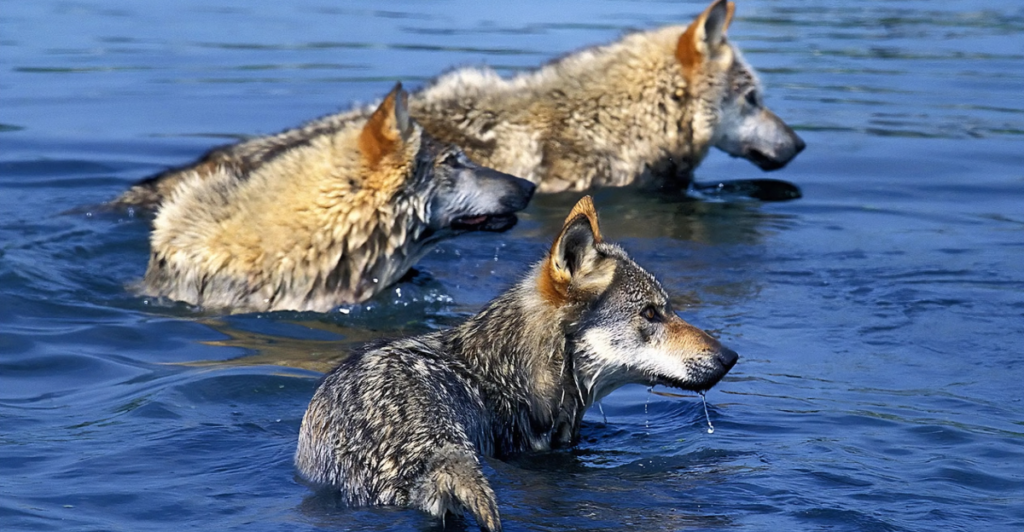
Montana’s wild wolves are more than just top predators—they’re ecosystem engineers. These majestic animals shape the landscape in surprising ways. Far from the villains they’re often portrayed as, wolves play a vital role in balancing nature. Curious how? Here are ten fascinating ways wolves influence Montana’s wilderness, proving their presence is essential for a thriving ecosystem.
1. Triggering the “Ecology of Fear”
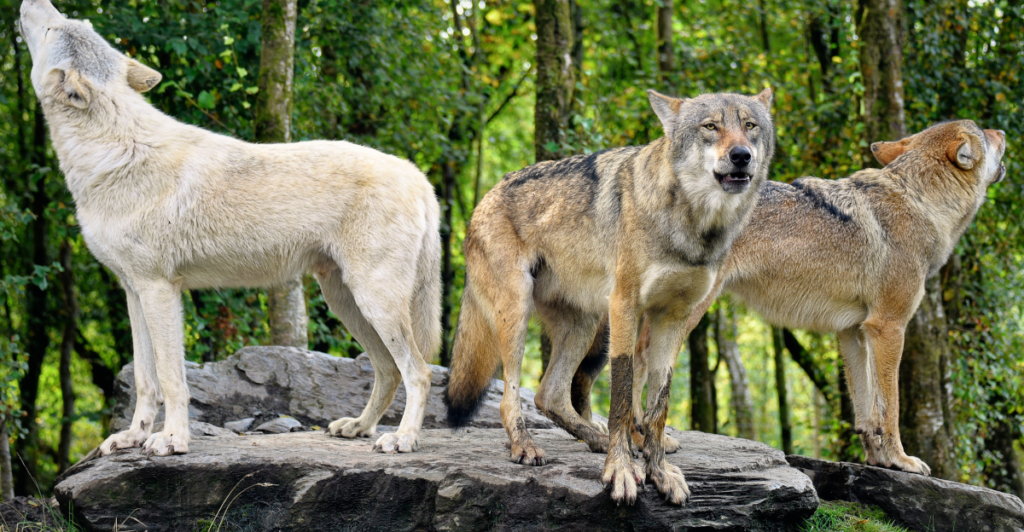
Montana’s wild wolves influence the behavior of large herbivores like elk by creating an “ecology of fear.” With the constant risk of predation, elk avoid overgrazing sensitive areas such as streambanks and meadows, allowing native vegetation like willows and aspens to recover. This has profound ecological effects, stabilizing riverbanks, improving water retention, and creating better habitats for species such as beavers and migratory birds.
In turn, these cascading changes benefit fish populations and aquatic ecosystems by reducing erosion and maintaining cooler, cleaner water. Wolves don’t just keep prey numbers in check—they shape how these animals move through the landscape, indirectly influencing everything from insect populations to soil stability. Their presence proves that predation isn’t just about hunting—it’s about maintaining balance across entire ecosystems.
2. Cooling Streams for Aquatic Life
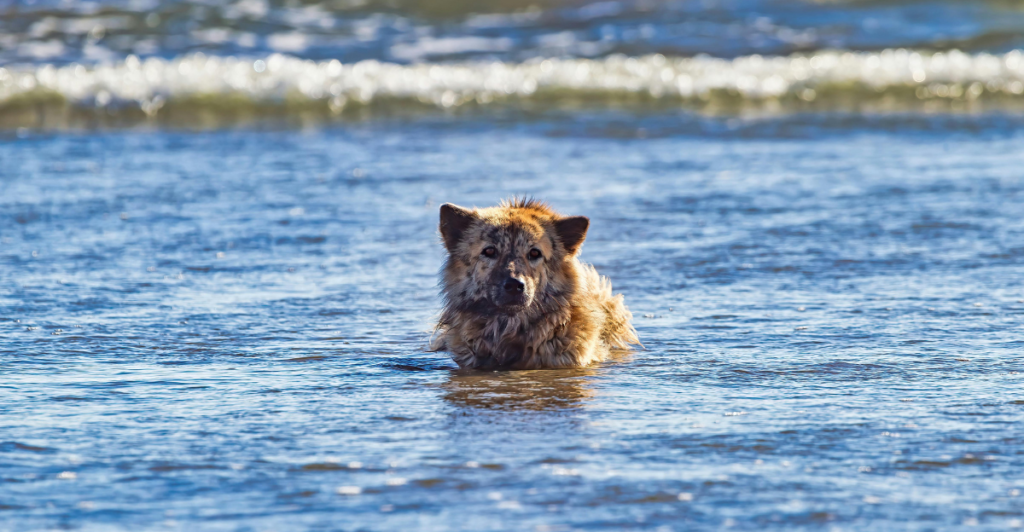
One of the most surprising ways wolves shape Montana’s ecosystem is by influencing water temperature. Without wolves, overabundant elk and deer graze streamside vegetation heavily, eliminating the shade trees that help regulate water temperature. With wolves keeping herbivore populations in check, trees and shrubs can thrive along rivers and creeks, naturally shading the water and preventing it from overheating. This is essential for cold-water fish like trout and salmon, which require cool, oxygen-rich water to survive.
Additionally, the return of streamside vegetation helps filter runoff, reducing pollutants that would otherwise harm aquatic life. While wolves may never set foot in a stream, their impact on these aquatic environments is undeniable. By simply existing in the ecosystem, they help maintain the delicate balance that keeps Montana’s rivers and fisheries healthy.
3. Building Beaver Ecosystems
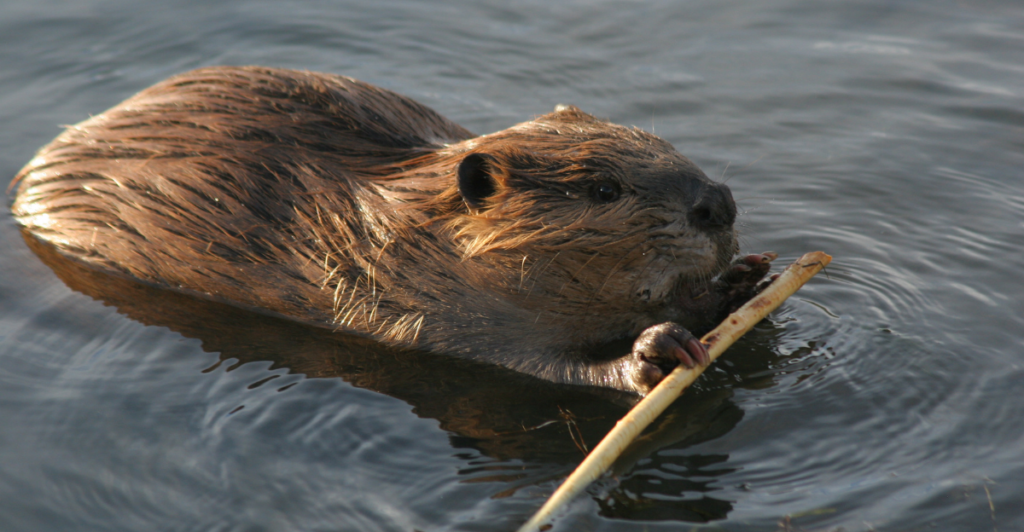
Wolves and beavers may seem unrelated, but their fates are deeply intertwined. When unchecked elk populations graze on young willows and aspens, they eliminate crucial building materials that beavers need for dam construction. Without these structures, wetlands shrink, reducing habitat for countless species. However, with wolves keeping herbivores on the move, trees regenerate, and beaver populations rebound. Beavers then create wetlands that slow water flow, prevent flooding, and boost biodiversity by providing habitat for amphibians, fish, and birds. These wetlands also improve water quality by filtering pollutants and recharging groundwater.
Essentially, wolves set off a chain reaction that leads to healthier riparian zones and greater ecological stability. Their influence reaches far beyond what they directly hunt, shaping Montana’s waterways in ways that benefit entire ecosystems.
4. Restoring Songbird Populations

The return of wolves to Montana has led to a resurgence of songbirds in areas once overgrazed by elk and deer. Before wolves were reintroduced, large herbivores browsed riparian zones so aggressively that crucial nesting and foraging habitats for birds were destroyed. But with predator pressure keeping ungulates in check, these areas have regrown, providing shelter and food sources for species like warblers, thrushes, and flycatchers.
This resurgence has been documented in Yellowstone National Park, where songbird populations rebounded significantly after wolves were reintroduced. Wolves indirectly boost biodiversity in surprising ways, demonstrating how predators influence not just prey populations but entire ecosystems. Their presence showcases the intricate relationships between species and highlights the importance of top predators in maintaining balance across habitats.
5. Creating Cascading Food Webs
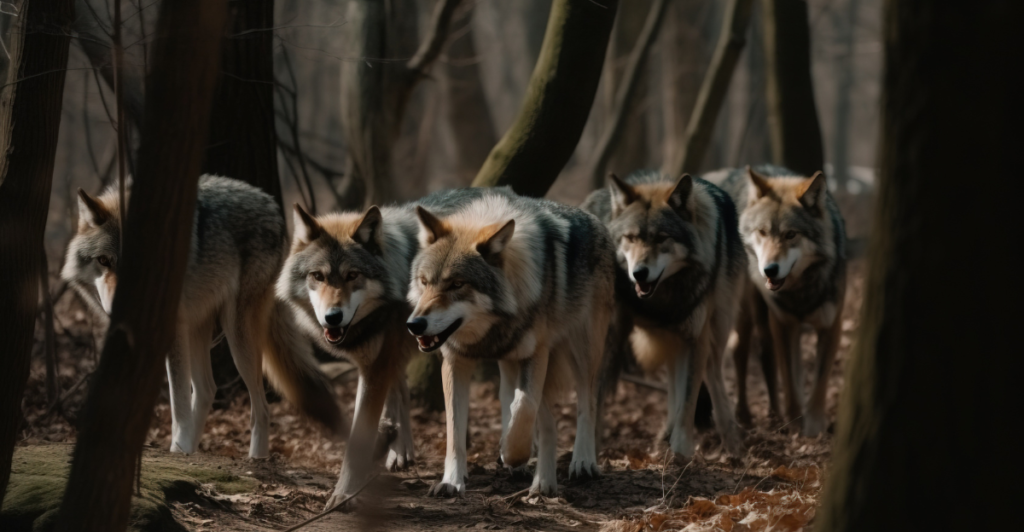
Wolves play a crucial role in maintaining the health of Montana’s ecosystems by creating cascading food webs. By preying on sick and weak animals, they strengthen prey populations, reducing the spread of disease. Their kills also provide food for scavengers like ravens, bald eagles, and coyotes, as well as smaller predators like foxes and weasels. This scavenger network ensures that nutrients are rapidly recycled back into the environment, benefiting everything from bacteria in the soil to top predators.
Wolves also indirectly influence plant communities by limiting overbrowsing, allowing diverse flora to thrive. Their impact extends across trophic levels, proving that apex predators do far more than just hunt—they act as keystone species that shape the health and stability of entire ecosystems.
6. Promoting Biodiversity Through Predation
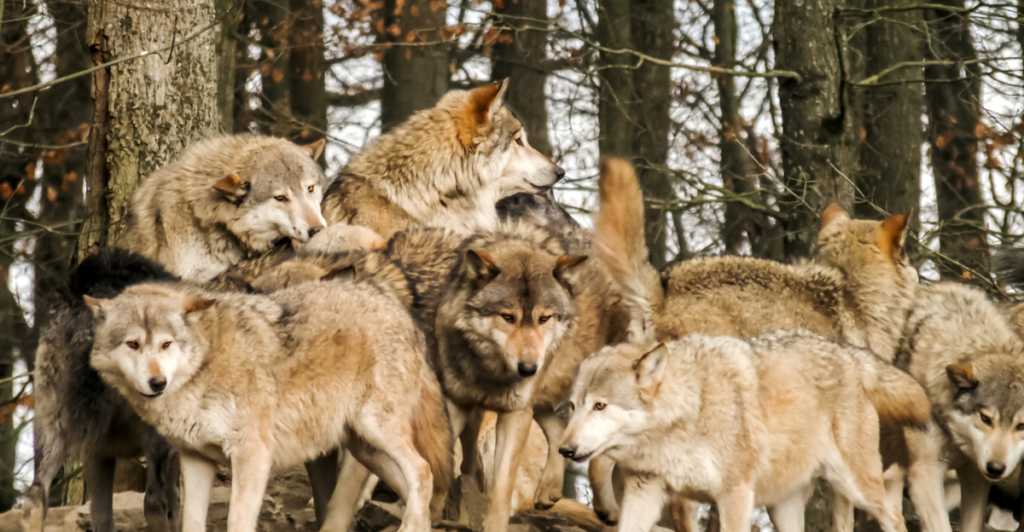
Wolves act as ecosystem regulators, ensuring that Montana’s landscapes don’t become overrun by a few dominant species. By keeping elk, deer, and other herbivores in check, they prevent overgrazing, allowing a wider variety of plants to flourish. This, in turn, supports an array of insects, amphibians, and mammals that rely on plant diversity for survival.
For example, when wolves reduce elk populations, native grasses and wildflowers recover, attracting pollinators like bees and butterflies. The increased plant cover also benefits small mammals like voles and ground squirrels, which provide food for raptors and mesopredators. In this way, wolves indirectly support species at every level of the food chain, demonstrating that apex predators don’t just control prey populations—they shape the biodiversity of entire landscapes.
7. Preventing Soil Erosion
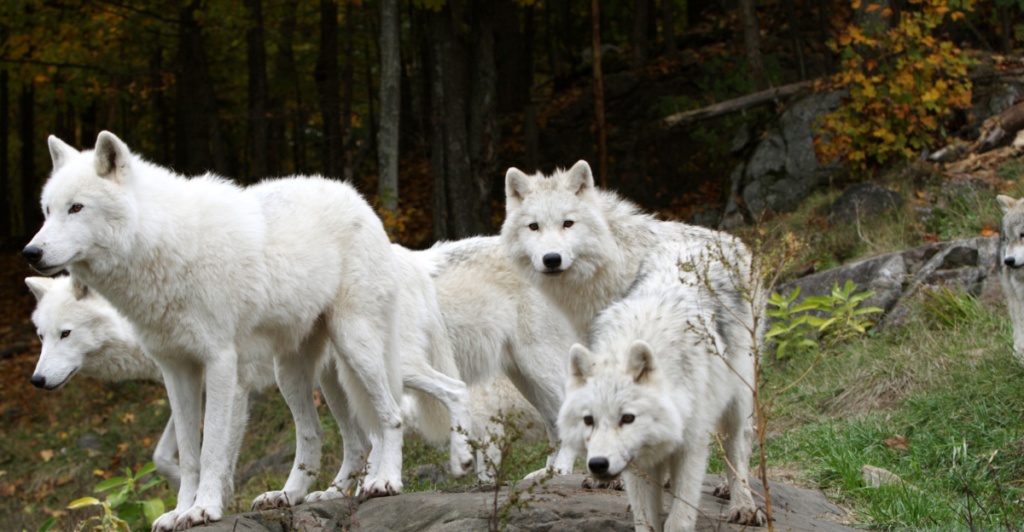
Wolves indirectly protect Montana’s landscapes from soil erosion by regulating herbivore populations. When too many elk graze riverbanks and hillsides, they strip vegetation, leaving soil vulnerable to wind and water erosion. This degradation leads to poorer water retention, increased runoff, and habitat loss.
However, with wolves keeping elk populations in check, plant cover recovers, stabilizing the soil and preventing landslides during heavy rains or snowmelt. This process benefits not just vegetation but also aquatic ecosystems, as stabilized soils reduce sedimentation in rivers and streams. Healthier soils mean healthier watersheds, proving that wolves play a far greater role than just hunting—they maintain the very foundation of Montana’s wild landscapes.
8. Reviving Historical Ecosystem Dynamics
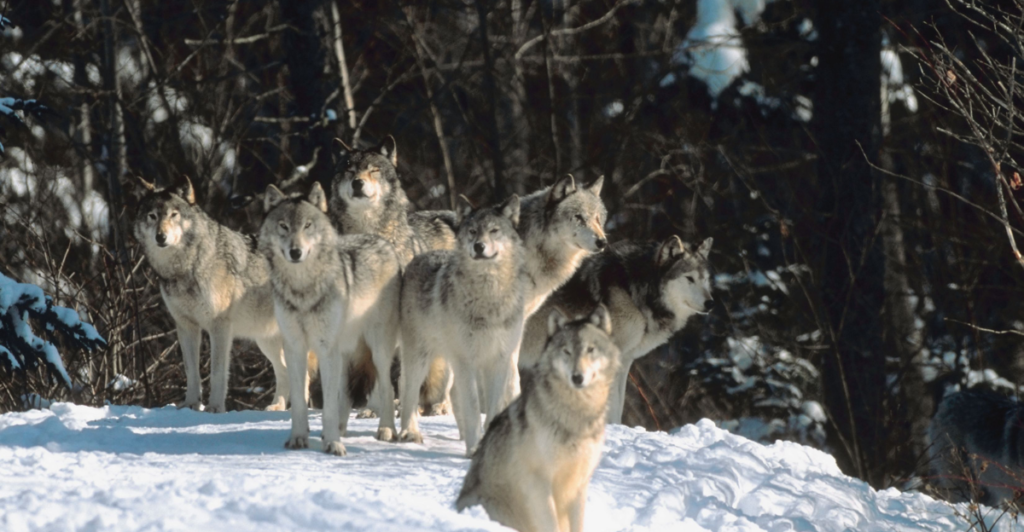
Wolves in Montana are restoring natural processes that were lost after their eradication in the early 20th century. When wolves were removed, elk populations surged, leading to severe overgrazing and long-term ecosystem damage. The reintroduction of wolves has reversed some of these effects, bringing balance back to predator-prey interactions and restoring historical food web structures.
Scientists studying these changes have found that many areas in Montana and Yellowstone have seen significant ecological recovery, proving that the presence of a top predator is crucial for ecosystem health. Wolves serve as a living example of how reintroducing native species can repair decades of human-induced environmental imbalance.
9. Economic Benefits via Ecotourism
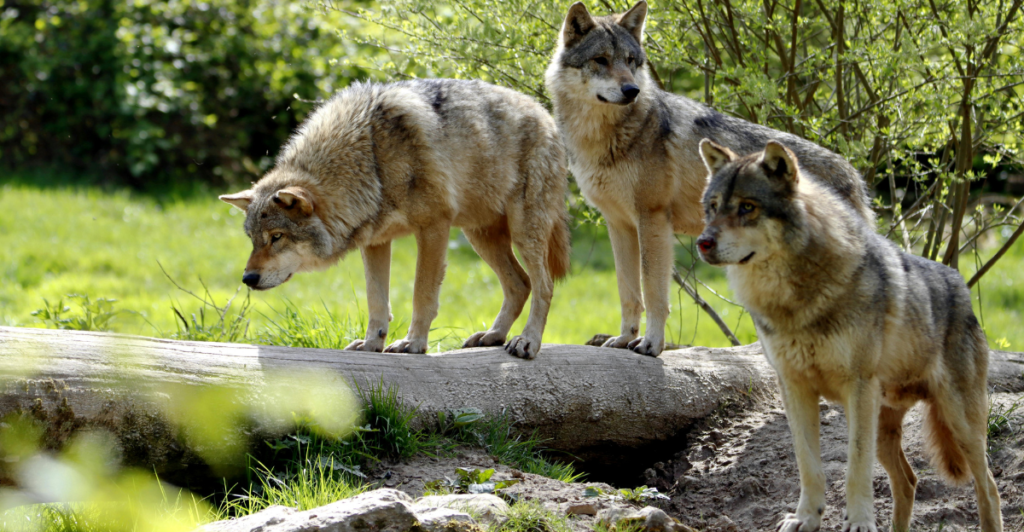
Wolves play a critical role not only in ecological systems but also possess considerable economic significance. For instance, in locations such as Yellowstone National Park, wolf-related tourism is estimated to generate around $82 million each year. This influx of revenue supports local businesses and conservation initiatives. Tourists are drawn to Montana’s natural landscapes in hopes of glimpsing these elusive predators. Such trends demonstrate that wolves hold greater value when alive rather than hunted.
This transition towards ecotourism illustrates the potential for conservation efforts to intersect with economic interests, ultimately benefiting both the environment and local communities. Historically viewed as a threat to agriculture, wolves are increasingly recognized as an asset that contributes to Montana’s robust outdoor tourism industry.
10. Challenging Conventional Predator-Prey Narratives
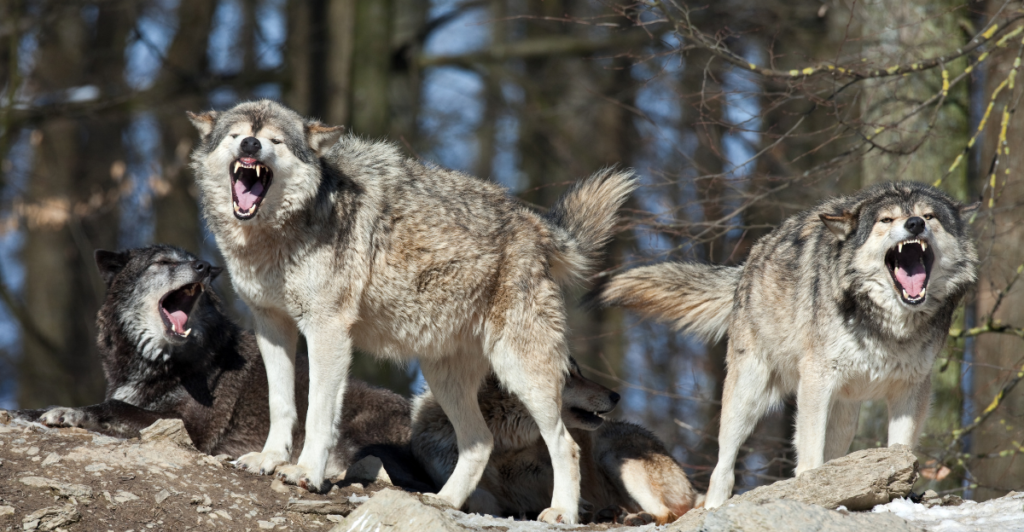
For decades, wolves were seen as villains—dangerous predators that decimated livestock and game populations. However, modern research has debunked many of these myths, showing that wolves do not indiscriminately slaughter prey. Instead, their presence fosters healthier ecosystems by regulating prey numbers and preventing overpopulation. Studies show that regions with stable wolf populations often have healthier deer and elk herds compared to areas where predators have been removed.
This challenges long-held beliefs about predator management and highlights the importance of viewing wolves not as threats, but as integral components of a functioning ecosystem. Montana’s wolves are rewriting the narrative, proving that coexistence benefits both wildlife and humans alike.
Explore more of our trending stories and hit Follow to keep them coming to your feed!

Don’t miss out on more stories like this! Hit the Follow button at the top of this article to stay updated with the latest news. Share your thoughts in the comments—we’d love to hear from you!







